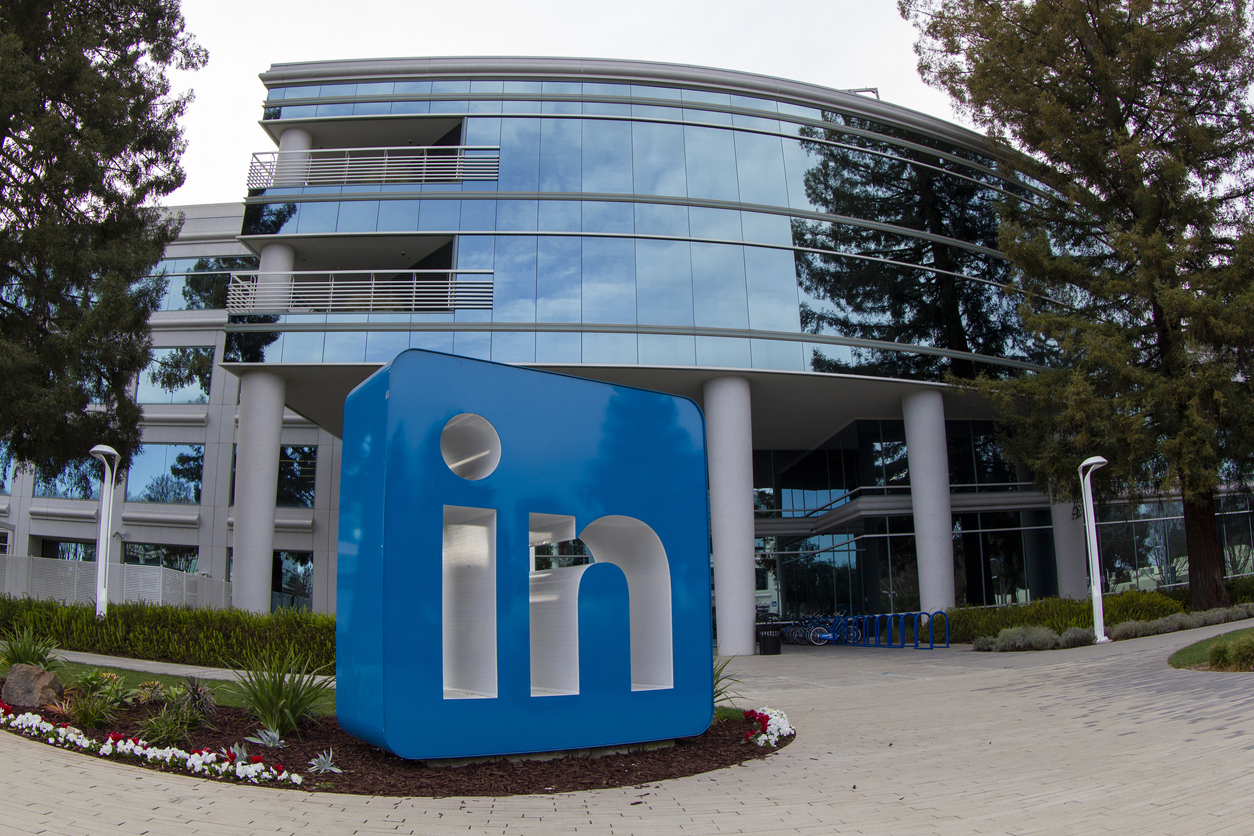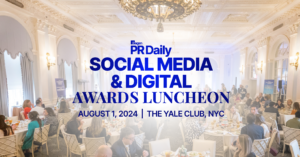How to craft impactful thought leadership on LinkedIn
We spoke with Nicole Moreo at LinkedIn about how thought leaders can reach their goals on the networking platform.

If you want to be able to share your organization’s wisdom and expertise with the world, you’ll need your experts, goals and audience to align on the right platform. And while there are many avenues through which thought leaders can communicate, LinkedIn is always going to be near the top of the list. With its ability to collect candid, conversational feedback from the poster’s relevant professional network or across the globe, LinkedIn’s power lies within its reach.
Knowing this, there are a few best practices to be aware of before you just go ahead and start publishing. Ahead of her session at Ragan’s Social Media Conference, we chatted with Nicole Moreo, director of customer insights for North America at LinkedIn, about making sense of audience outreach on the platform and developing strategies for success when crafting thought leadership content.
Smart audience engagement
Like anything you publish externally, putting top-flight thought leadership on LinkedIn should start with knowing the audience you want to target. Moreo says that if you’re unsure of exactly who you want to engage with, you’re not setting yourself up for success.
“The biggest barrier I’ve seen to good thought leadership is what I like to call ‘the blanket strategy.’ This can happen when you assume too many things about your audience, including what they want to engage with and what they’re looking for in content,” she said. “Just because it’s important to you, doesn’t mean it’s necessarily going to be important to them.”
Moreo recommends taking a step back and really getting a feel for what your audience wants and needs.
“It’s vital to think about what’s valuable to the audience,” she said. “What questions are they asking? What can you learn from the content they’re interacting with? Then, you have to figure out how that aligns with your brand’s value proposition. When you create thought leadership content just because you think it’s interesting without first figuring out how it’ll align with your audience’s needs, you risk falling into one of the first major pitfalls of thought leadership content distribution.”
Goals and outcomes
Thought leadership material benefits highly from having goals in mind beforehand and the ability to read into the analytics after the fact. Moreo says that communicators should view thought leadership as a vital part of telling a brand’s story and not some other siloed-off part of the brand identity for the individual leader, and the goals for thought leadership should be similar to those of the business at-large.
“When people hear ‘thought leadership,’ they need to realize that it’s just one tactic of the wider mission of telling a story,” she said. “There should be clear business and marketing goals that everything you do ladders up to, and there also be a clear audience that you’re reaching out to. Once you’ve determined these, you can determine your sub-goals for thought leadership and determine how they figure into the larger strategy.”

Nicole Moreo, Head of Customer Insights – LinkedIn
She also emphasized the importance of having thought leadership fit into larger business objectives before putting anything out on platforms like LinkedIn.
“When you’re sitting down with organizational leadership, you’re going to want to be able to explain your strategy within the lens of the main goals of the company. They’re probably not going to understand things like impressions, so you’ve got to tie it back to the main business goals,” Moreo said. “If you’ve got clarity here, it’s easy to figure out the audience you’re going for and the type of thought leadership material you want to create that’ll set you up for success.”
Matching the topic to the leader
Even when you’ve got the message, the audience, and the strategy pinned down, you’ll need the right leader to convey the story you’re trying to tell. Moreo says that it’s critical to have the right stable of experts in place and know their strengths ahead of time to jump at the right opportunities.
“It begins with developing a deep bench of experts and interviewing them,” she said. You need to ask not only what they do for the organization, but what their passion points are as well. Thought leadership really comes to life when you’ve got a person who deeply cares about the subject.”
Moreo also added that developing trust between the leader and the audience is key, particularly when it comes to a networking space with easy shareability like LinkedIn.
“We know that executive thought leadership performs well when it comes to trust. But when we know exactly who our audience trusts, it’s important to get them out there in front of them,” she said.
You can learn more from Nicole at Ragan’s Social Media Conference, March 15-17 at Walt Disney World.
Sean Devlin is an editor at Ragan Communications. In his spare time he enjoys Philly sports, a good pint and ’90s trivia night.






